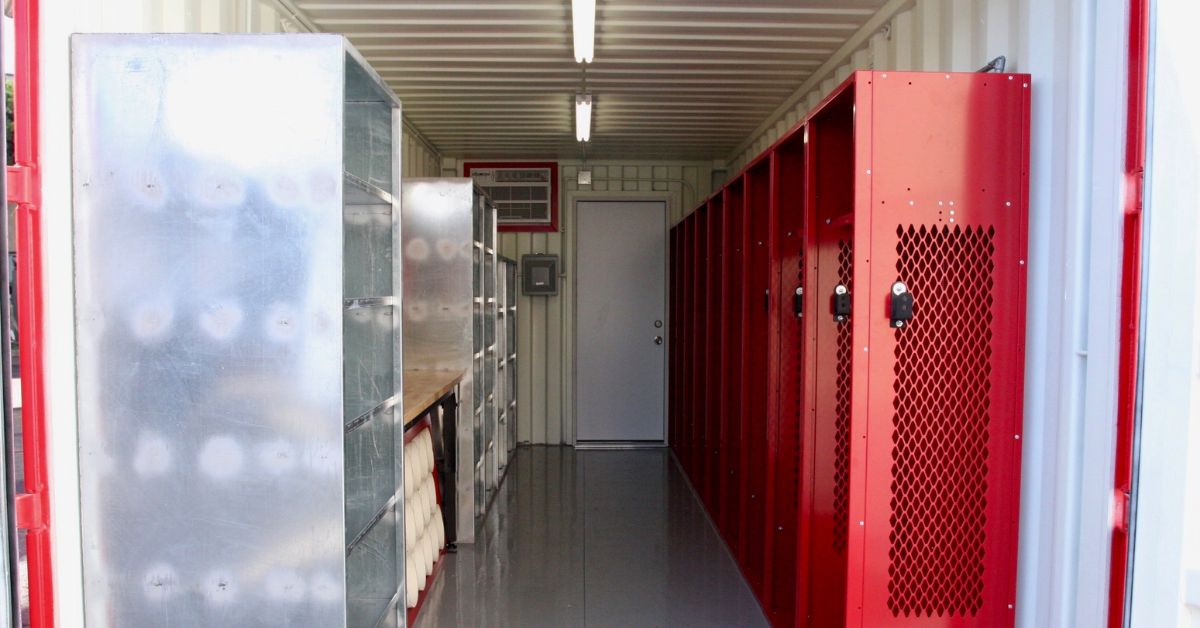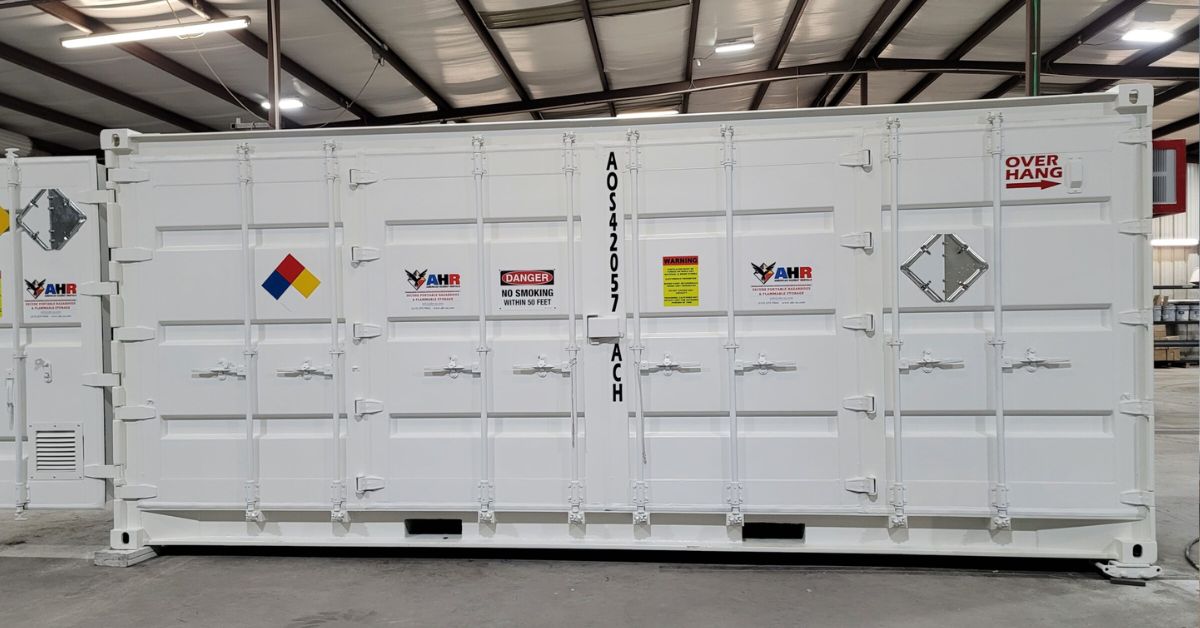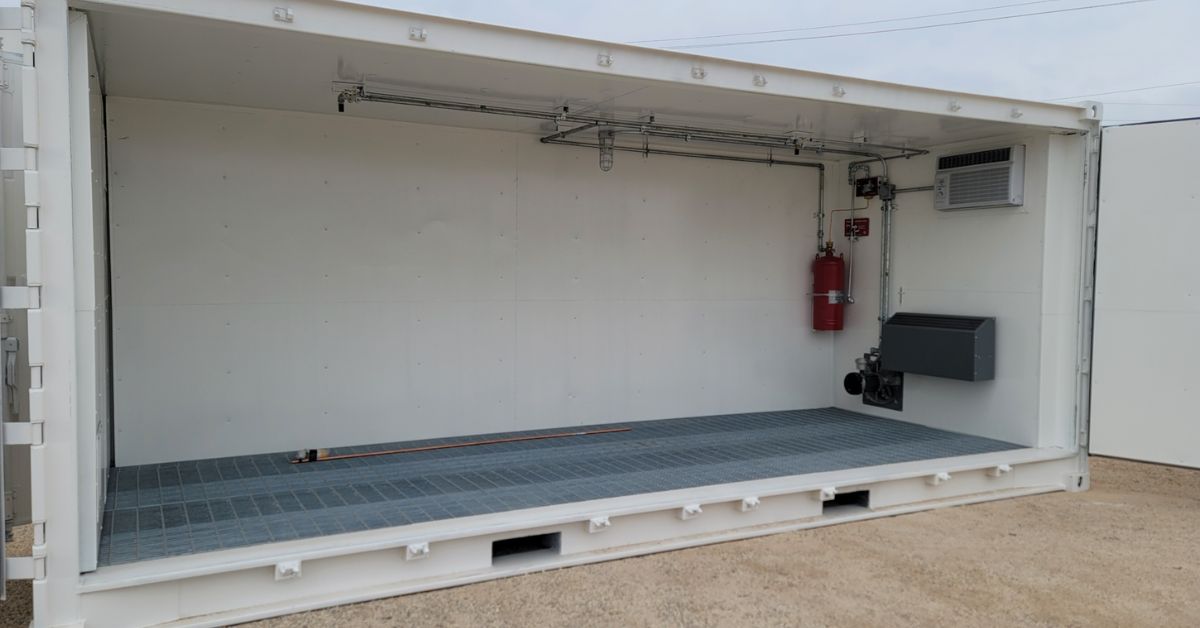
Hazardous materials are often a part of doing business, no matter what that business does. You probably employ chemicals and other substances that pose health and other risks, whether you run a factory, facility, laboratory, or laundromat. Ensuring the proper management of these materials keeps employees safe, protects the environment, and complies with community and federal regulations. Clearly, the stakes are high with hazardous materials—aka hazmat. However, many safety managers overlook the importance of maintaining a robust hazmat management strategy and forgo implementing one until it’s too late.
Establishing an effective hazmat management plan is about regulatory compliance and fostering a culture of safety and operational efficiency. Here are a few more thoughts about the importance of building a hazmat management strategy.
What Is a Hazmat Management Strategy?
Briefly, a hazmat management strategy is a systematic plan designed to minimize the risks associated with storing, handling, and disposing of hazardous materials. It ensures safety while addressing regulatory compliance requirements. An effective hazmat management strategy includes plans for material storage, employee training, spill response, and proper disposal methods. These strategies emphasize safety through clear guidelines and specialized tools. Developing this plan may seem overwhelming for newer businesses that have just started employing hazardous materials in daily operations, but it’s well worth it. A well-implemented strategy streamlines operations and significantly reduces risks, saving money, time, and potentially, lives.
Why Is Hazmat Management Important?
The answer to the importance of hazmat management may seem obvious, but the reasons why we employ such strategies are worth revisiting. Safety managers are responsible for maintaining a delicate balancing act. Managers must keep their employees safe, ensure the business complies with regulations, and develop and stick to their budget simultaneously! The extra investment of work, time, and cost prevents the following disastrous outcomes:
- Prolonged exposure to toxic materials causes serious health issues for employees.
- Leaks or spills could harm ecosystems and lead to costly cleanups.
- Escaped hazmat causes illness, death, and economic issues in the community.
- Failing to comply with the Occupational Safety Health Administration (OSHA), Environmental Protection Agency (EPA), and other federal regulations will provoke fines, lawsuits, and even shutdowns.
On the other hand, a proactive hazmat management approach builds confidence in the workplace, reinforces an organization’s commitment to safety, and sends out a clear signal that potential clients and partners can trust your company.

Regulatory Compliance
Maintaining safety while using, storing, or disposing of hazardous materials is a moral obligation, but it’s the legal obligation that will get you if you slip up. Federal agencies such as OSHA, the EPA, and the Department of Transportation (DOT) enforce strict regulations for hazardous materials in the workplace. Key requirements include proper storage, clearly labeled containers, and routine employee training. Safety managers must remain up to date on evolving compliance requirements and maintain a foolproof system to meet them. It’s a good policy to frequent their websites and sign up for news and alerts on relevant changes in regulations, compliance, and more.
The Basics of an Effective Hazmat Management Strategy
Here are the core components of a successful hazmat management plan. Sit down with your stakeholders to discuss the following while drafting your strategy.
Hazardous Material Inventory
Inventory and categorize every hazardous material stored on-site. Maintain and make this documentation accessible as a quick reference in case of emergencies or during audits to prove compliance.
Secure Storage Solutions
Proper storage and material segregation minimize risks by reducing exposure and the potential for fires, chemical reactions, and other undesirable events. For instance, hazardous material storage containers prevent leaks, mitigate fire risks, and ensure the safety of the workplace. They come in various styles—for example, single-end-door or fire-rated options—to ensure secure containment. Identifying and implementing the right storage solutions is crucial.
Regular Employee Training
Educated employees are smarter and safer. Effective hazmat management depends on regular training and updates in safety, containment, and use of hazmat. Perform periodic knowledge assessments, drills, and equipment reviews. Make sure you cover material handling protocols, disposal processes, and spill response tactics. Enlist experts to explain new techniques and tools. All employees must know about the potential risks of the materials they work with. You must make them active contributors toward a safer workplace.
Spill and Emergency Response Plans
Having a clear and tested emergency response plan is non-negotiable when it comes to hazardous materials. Define roles, procedures, and communication channels to ensure swift action during an incident.
Hazardous Waste Disposal
Every business produces waste, and some waste is more dangerous than others. Hazmat requires proper and legal disposal. Work with certified special waste handlers to ensure your business disposes of hazardous materials legally and safely to protect the environment and eliminate compliance risks. Developing a strategy for each of these elements ensures a comprehensive approach to hazardous material management.

Benefits of a Proactive Hazmat Strategy
Compliance and safety are the main reasons why you need a hazmat strategy, but it’s not all about obeying the rules. Developing a proactive hazmat management strategy has other tangible, immediate, and ongoing benefits.
Improved Operational Efficiency
Well-organized hazmat strategies make for a more efficient workplace. Safety measures eliminate the potential for downtime caused by accidents, inspections, and disorganized systems.
Cost Savings
Accidents, fines, and environmental damage have one thing in common—they cost money. A proactive strategy is an investment with a measurable return on investment. Cutting corners on safety and storage may seem like a money-saving measure, but you’ll end up paying for it with interest.
Employee and Community Trust
A big part of your brand’s power rests in how many workers, members of the community, and clients trust it. Investing in safer processes and tools, compliant storage solutions, and ongoing training shows a company prioritizes employee well-being and environmental sustainability. A commitment to safety demonstrates corporate responsibility beyond the bottom line.
Those are just a few thoughts on the importance of building a hazmat management strategy. Building a hazmat management strategy isn’t just another operational task—it’s an ongoing commitment to safety, responsibility, and efficiency. The benefits outweigh the challenges of implementation for safety managers tasked with overseeing such operations.
Looking for hazardous material storage containers and other hazmat solutions? Contact American Hazmat Rentals for a consultation. The safety, cost savings, and peace of mind you achieve today will set your organization up for success tomorrow!